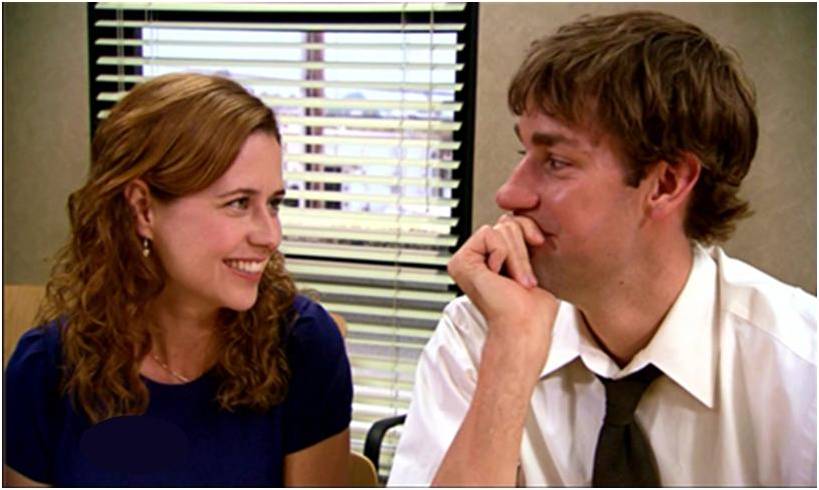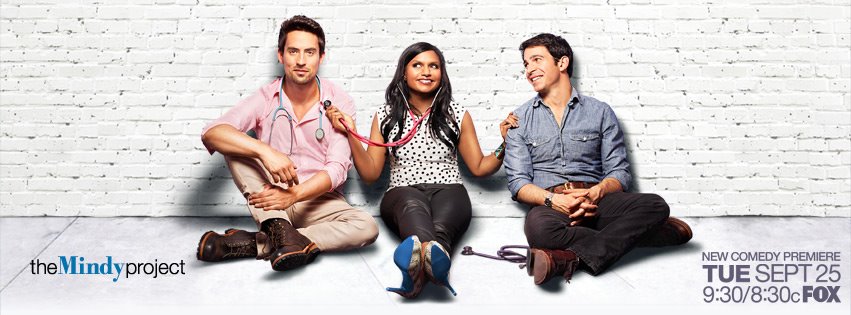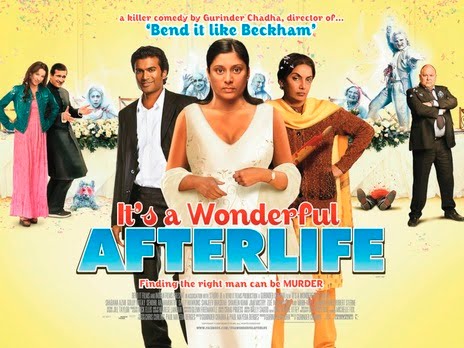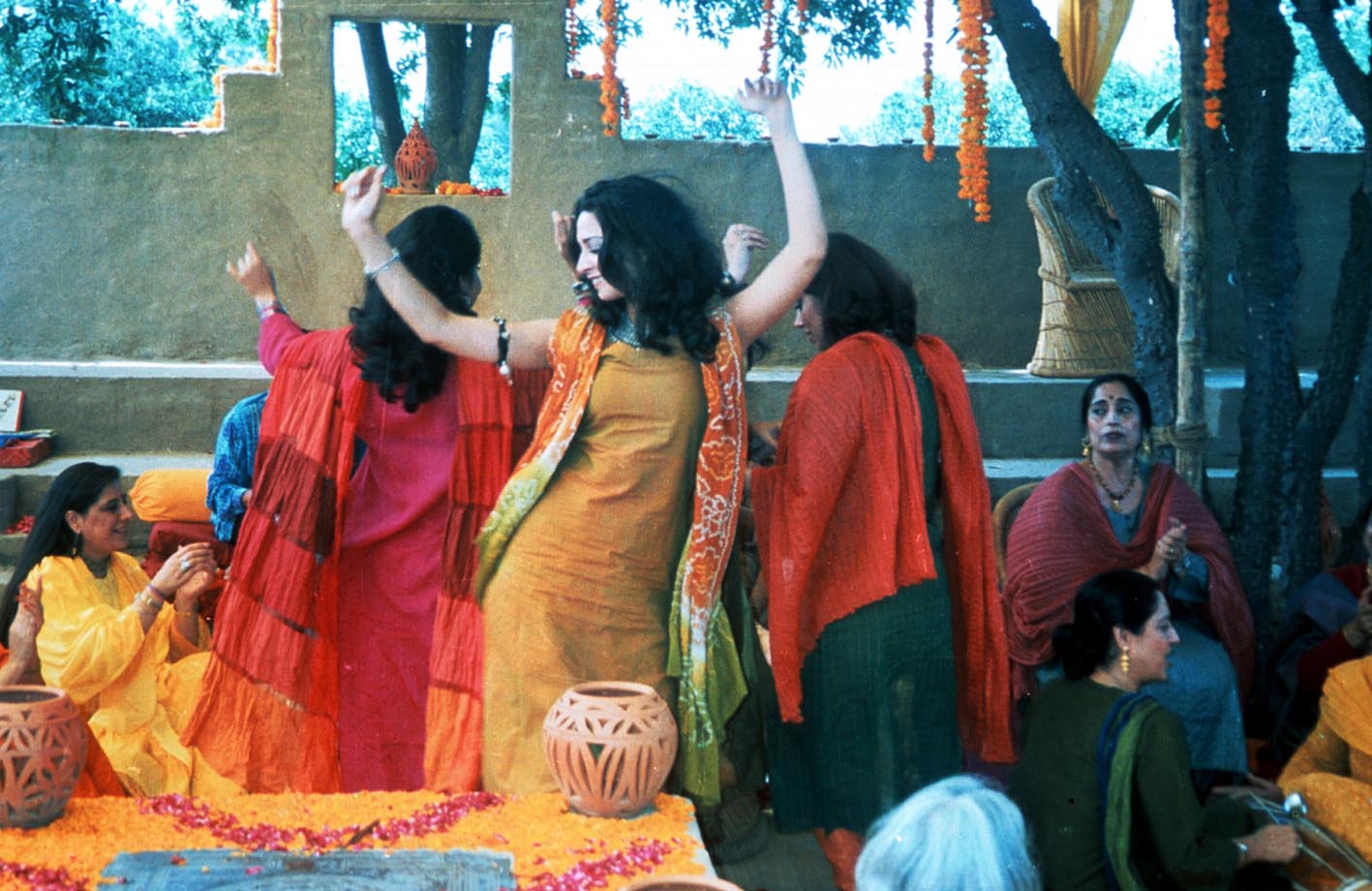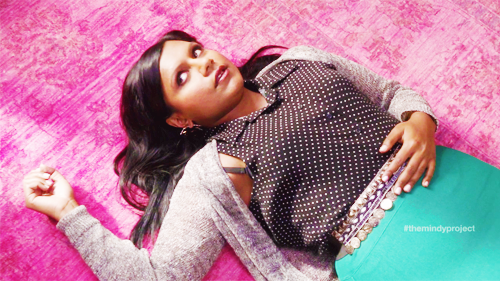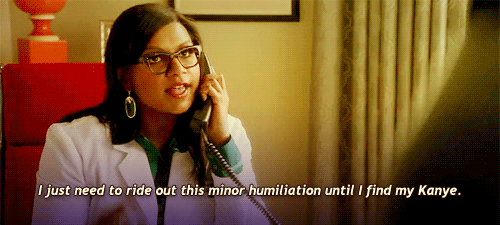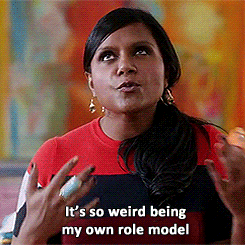Written by Robin Hitchcock
 |
| Jim and Pam of The Office |
The US iteration of The Office concluded its nine-year run last week with a somewhat mawkish but nevertheless emotionally satisfying finale. We left these characters in a place of personal fulfillment—Dwight and Angela marry, Dwight is regional manager of the Scranton branch of Dunder Mifflin, Andy has turned his embarrassing experiences into something positive and returned to the site of his glory days, Kelly and Ryan foolishly and selfishly run off into the sunset, Erin meets her birth parents. And Jim and Pam, the emotional core of the series, leave Scranton together for Austin so Jim may rejoin the sports marketing startup he and Darryl began working for earlier this season.
In case you haven’t been watching The Office in its autumn years, Jim and Pam’s relationship has followed the push and pull of the conflict between their commitment to each other and their own personal dreams. In season 5, aspiring artist Pam moved to New York for a graphic design program. The series mined the pressures of long-distance relationships for both comedy and drama, but Jim and Pam’s partnership stayed strong and they got engaged at the gas station midpoint between Scranton and New York. Shortly thereafter, Pam left New York “the wrong way” because she failed a class and doesn’t want to remain in the city for another three months to retake it. She insists it is not because of Jim, but because she doesn’t actually like graphic design, but the viewer knows it is a complex combination of those two forces.
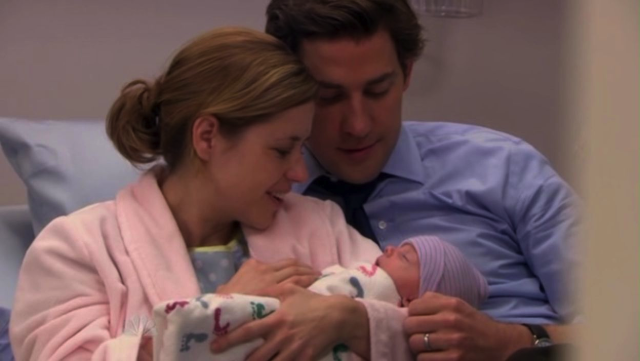 |
| Pam and Jim after the birth of their first child. |
This dynamic is flipped in the final season when Jim joins a friend in Athlead, a new venture connecting famous athletes to sponsorship opportunities. With Athlead, Jim is finally able to work a job he feels passionate about, in stark contrast to his years as a paper salesman. But Jim’s new job puts an immense strain on his marriage with Pam—with whom he now has two children—as he divides his time between Philadelphia and Scranton and has less attention to give to his family.
 |
| Pam is driven to tears by the growing conflict between her and Jim |
This is exacerbated by a lack of communication as Jim inexplicably keeps his initial involvement with Athlead from Pam, and increases his commitment to this new job without consulting her several times over. Jim and Pam’s relationship reaches the breaking point, and Jim finally decides to leave Athlead and return to Scranton full-time to save his marriage.
Pam is wracked with guilt and fears that she is “not enough” to justify Jim abandoning his new career direction. Notably, we saw nothing of this type of guilt in Jim when Pam left art school. With the help of the documentary crew that is finally explicitly woven into the story in this finale season, Jim presents Pam a video montage of their relationship and tells her “not enough for me? You are everything.”
The series finale is set some time in the future, after the documentary has aired on PBS and Jim and Pam’s relationship is as important to in-universe fans as it is to those of us watching The Office in the real world. During the public Q&A at a reunion panel, several women criticize Pam for stifling Jim’s career. Jim does a satisfactory job of dissuading these questions, but they clearly affect Pam. She’s also moved by seeing the success and happiness Darryl, who has followed Athlead (now Athleap) to Austin. So she secretly sells her and Jim’s house (secrecy is a recurring and frustrating undercurrent in their relationship; this is the same house Jim bought without consulting Pam first) and tells Jim it’s time for them to move on from Dunder Mifflin and relocate to Austin.
 |
| Pam and Jim decide to move on from Scranton |
From a Doylist perspective, this gives the audience closure; without Jim and Pam present, the story of The Office feels complete. But on the Watsonian side of things, it means Jim’s career path decidedly beats out Pam’s after many years of back and forth, which puts a damper on my personal satisfaction as a viewer.
My personal life is clearly influencing my reaction to this storyline: I moved 8,000 miles away from home so my partner could accept his dream job. Obviously, every couple needs to resolve these issues on their own, and it is dated and heteronormative to think this is always going to be a gendered struggle. But for many mixed-gender couples, gendered expectations of whose career matters more and the importance of career vs. family often play a part. And it’s a bit of a let down to see one of the iconic on-screen couples of the last ten years fall into the traditional resolution of the man’s career coming first.
Robin Hitchcock is an American writer living in Cape Town who works out her personal issues by writing about sitcoms.
